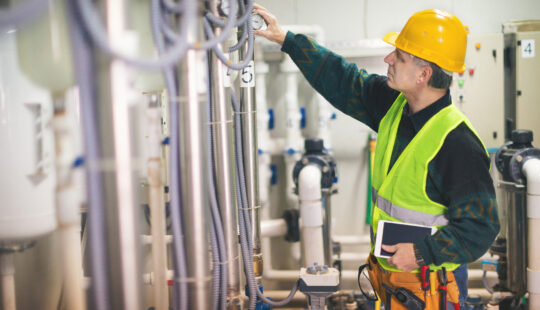What’s News
The European Union Parliament approved a ban on the sales of new gasoline- and diesel-powered vehicles in the 27-country bloc by 2035, effectively accelerating the shift to electric cars and other zero-emissions vehicles. As an intermediate step, all cars sold as of 2030 will need to achieve a 50% reduction in carbon emissions compared to 2021 levels.
SAP’s Take
“This is the decision from the European side,” said Hagen Heubach, global vice president of the Automotive Industry Business Unit at SAP. Heubach provided a global context for the EU law that will accelerate the shift to electric vehicles (EVs) within the bloc. He said that it is foreseeable that some regions, such as India and Africa, will continue to rely on classical combustion, hybrid and hydrogen-powered vehicles for a much longer time.
Europe is home to many of the world’s biggest automakers, generating seven percent of the EU’s GDP; however, some members of the global automotive community have voiced concern for the EU’s decision, which will reshape the industry.
Heubach noted, “The strategy of the EU is not per default shared across the globe.”
Key Priorities to Keep Europe Moving
For the EU to achieve its ambitious goals by 2035, Heubach said there are three areas of concern that must be prioritized for a successful transition: charging infrastructure, automotive circularity and improved options for personal mobility.
“Charging infrastructure is key,” said Heubach, who called for better communication between charging networks for cross-border travel. “It must be simple. It must be easy to go across the border with a seamless charging experience that is as efficient as it was during the combustion engine era.”
It took decades to build the infrastructure to support the network of gasoline stations that enables travelers to move freely throughout the EU. In comparison, the infrastructure for charging is relatively underdeveloped. Throughout Europe, including Turkey, there are 375,900 public charging stations. An analysis by McKinsey concluded that 3.4 million charging stations will be needed in the EU by 2030. That would require installing 6,000 charging stations each week until 2030, starting 2021.
Heubach also emphasized the importance of the second key priority: automotive circularity, a manufacturing practice that maximizes materials efficiency through sustainable sourcing and reuse. “How do we set up the next generation of the EU market for a more sustainable mobility ecosystem? We cannot afford the same situation as we have with the combustion engine, where you only use seven to nine percent of the car at the end of its lifetime and everything else is scrapped. This is not possible for EVs,” he said, specifying the need to reuse battery components, lithium, raw materials, plastics, and chips from EVs.
The transition to circularity in the automotive industry – a collaborative undertaking involving the public sector, industry, and consumers – faces a number of challenges in implementation, including lack of expertise, metrics, logistics, consumer tastes, and innovation. In Heubach’s view, however, time is of the essence. “This needs to be set up now because, if we don’t set it up now, we will be in big trouble – maybe in ten years when the first waves of electric cars are at the end of their lifetime.”
The third key priority will require a new definition of personal mobility that includes arrangements for car sharing, mobility budgets, and micro-mobility in cities. “The shift to electromobility is also connected to a shift in how we experience personal mobility. Electromobility does not always mean everyone has to have their own car,” said Heubach. “This definitely will also be something that needs to be solved in the EU over the next years.”
Contact:
Ilaina Jonas, Senior Director of Global Public Relations, SAP
+1 (646) 923-2834, ilaina.jonas@sap.com



